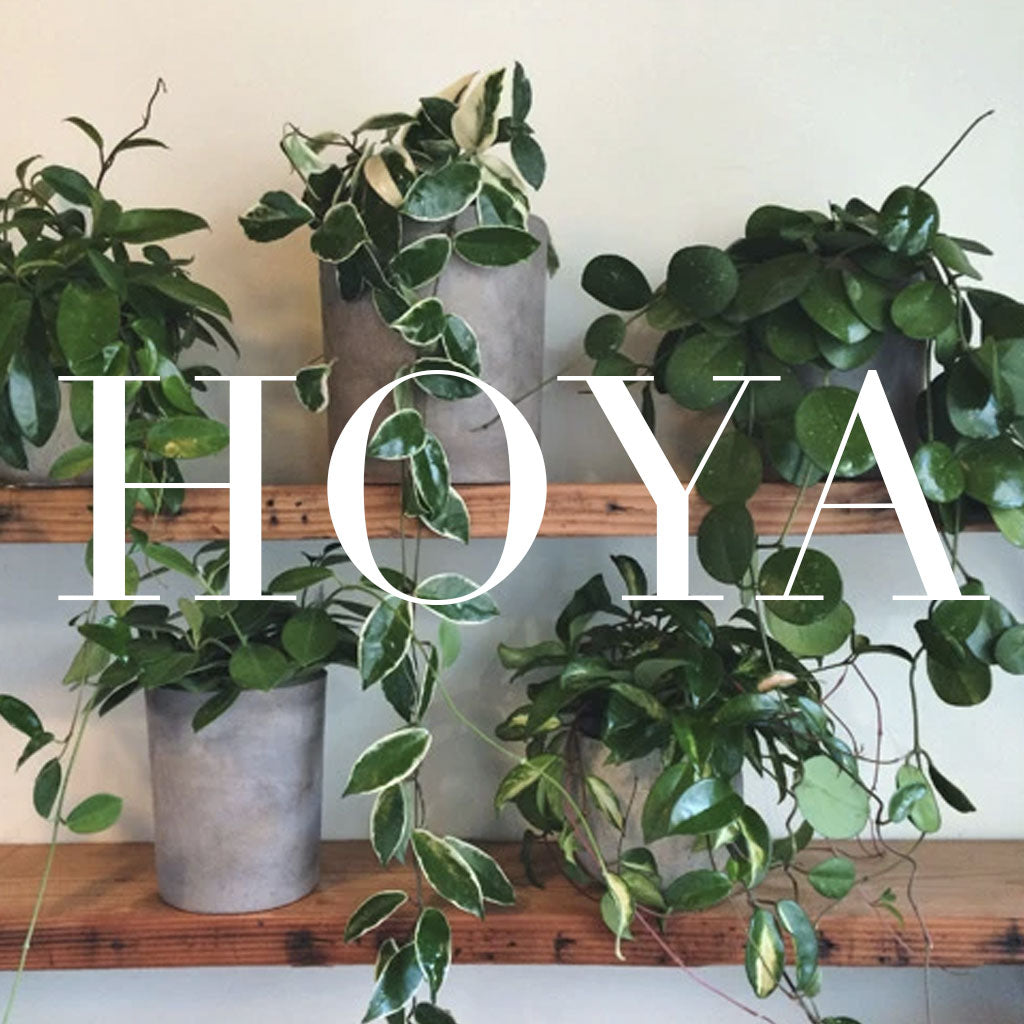They're adorable, clingy, and, best of all, easy to care for. Hoya, hoya, hoya, ho!
Hoya Plants (Hindu Indian Rope Plant) also known as the "wax plant" is a one-of-a-kind low maintaining hanging plant. If you're looking for something unique to add to your houseplant collection, this is the place to start!

Image source. : https://platthillnursery.com/caring-for-hoya-plants/
The Hoya is a succulent vine that grows large and produces clusters of waxy star flowers that vary in size and color. This plant's excitement never seems to end, from the amazing leaves to the beautiful flowering displays; it's ideal for anyone who wants to stand out. You'll never get tired of the succulent clusters or the large, mostly pale pink and white flowers that last about a week.
When it comes to choosing a hoya, you'll be spoiled for choice – with over 200 varieties available and more being discovered all the time, there's bound to be one that will fit your space. Commonly available one are Hoya Carnosa, Hoya Buotii, Hoya Linearis & Hoya Pachyclada.
Hoya Plant Care :

The Hoya Plant does not require much to thrive and survive in low light conditions—these plants are nearly indestructible! This vine is designed to climb and wander, and if left alone, it will form a thick mat. It is best to grow them in a hanging pot near your windows but out of direct sunlight. They thrive in moderate, indirect light, and the more light they receive, the more they bloom. Generally, the plants are do great in indirect lighting however for flowering it needs direct morning sunlight.
Light: This plant thrives in indirect sunlight and direct morning sunlight. You can keep it near a window or a balcony.
Fertiliser: You should only fertilise three or four times during the growing season (spring). Use a balanced fertiliser and avoid fertilising during the winter.
Water: In the spring and summer, keep the soil moist, and in the winter, keep the soil dry. You don't want the soil to become too dry, as this will cause the plant to die, but make sure the soil dries out between waterings. The worst thing you can do to a Hoya is overwater it!
Potting Mix: For Hoya, it is critical to use potting soil with good air circulation. To make the ideal blend, combine equal parts of organic Cactus Mix, Orchid Mix, and Perlite. Hoya prefers to be pot-bound or crowded in their containers. They will only require repotting every two or three years. The soil mix you use for your Hoya plants can include the following qualities:
- Quickly drain
- Not staying wet and soggy
- Light enough to avoid being compacted
- Allow air to reach the roots.
Speaking of flowers: The most exciting aspect of this plant is when the beautiful blooms begin to appear; it's a beautiful sight to see and one that you'll want to enjoy. So, when can you expect to see these lovely blooms? The flowers will appear in the spring and summer, especially if you fertilize the plant. If you notice that your flowers are turning brown around the edges and the leaves are starting to drop, this could indicate that you are using too much fertiliser or not enough water on your Hoya. Make sure to test which is which, and keep in mind that being a helicopter parent to your Hoya won't make their flowers bloom any faster. They, like teenagers, require space to develop. Allow the plants to hibernate properly in the winter. You won't see the plant bloom any time soon if you overfeed it, provide too much water, and humidity. What you're doing is encouraging leaf and stem growth while inhibiting flower development!

For who are new to houseplants, the Hoya is a great plant to start with because it has a knack for staying alive even when you don't think you're doing a great job. So go ahead and order your Hoya plant right now!
Are you ready to give the hoya a try? Visit myBageecha to see what varieties are available.
So check out our below bestseller hoya and order them today.





